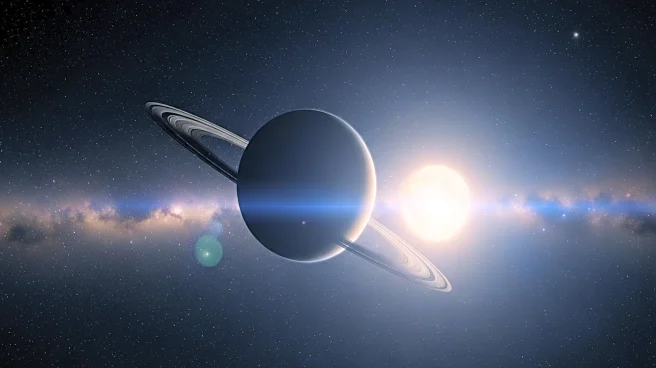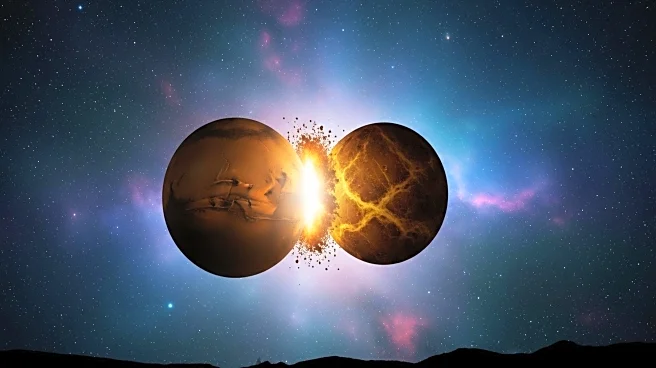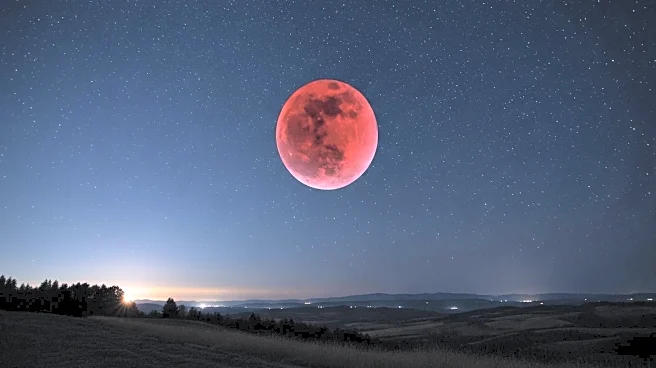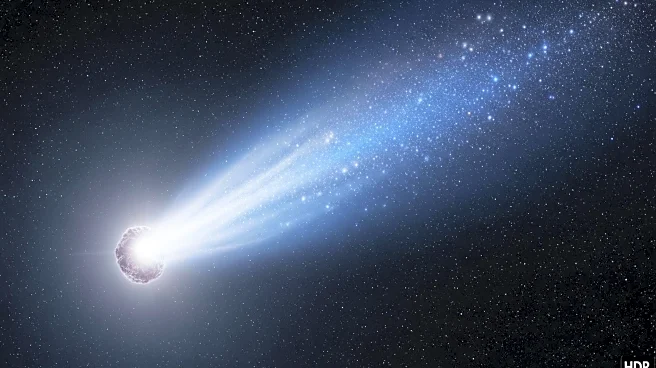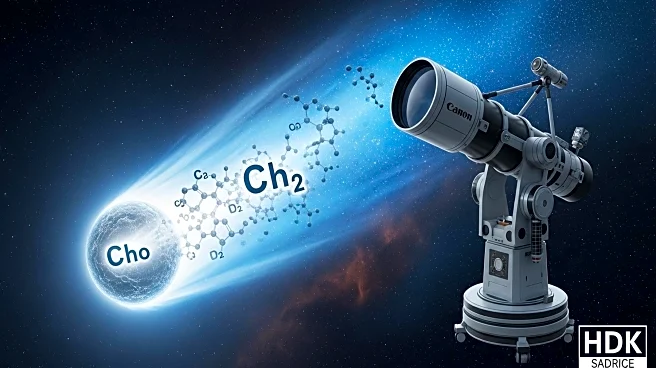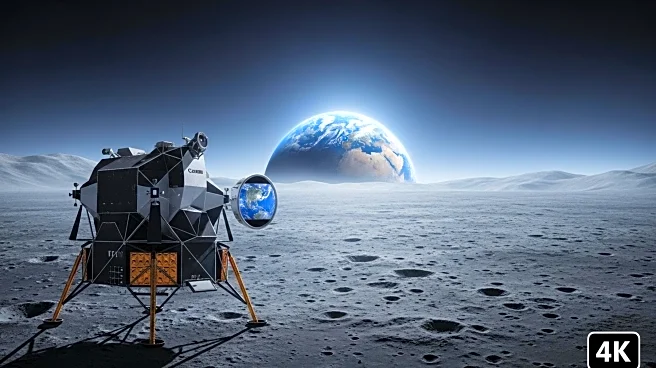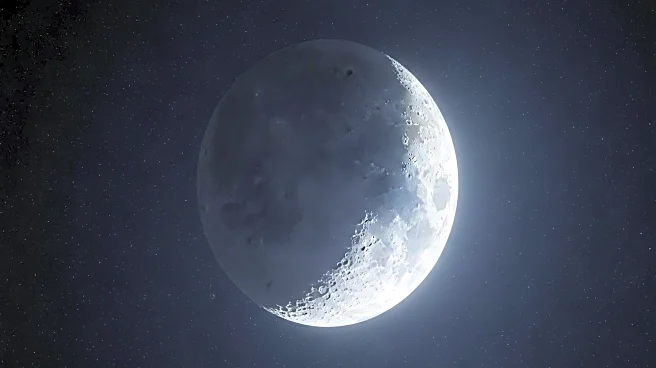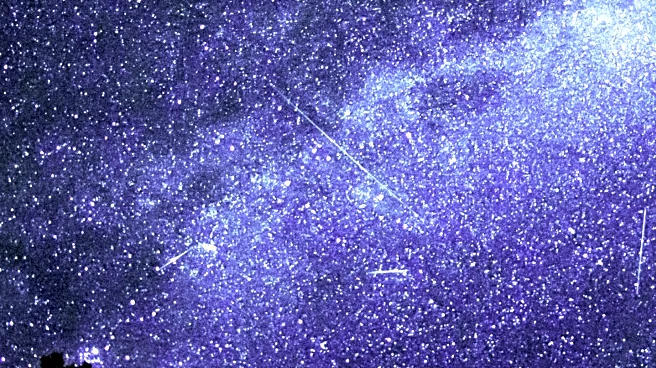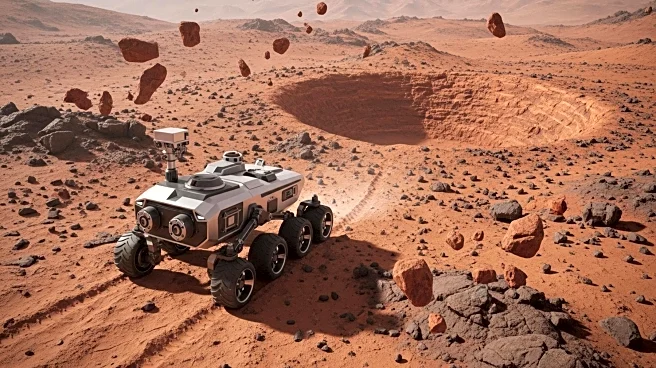What's Happening?
NASA has released its skywatching tips for September 2025, highlighting several astronomical events. Saturn will be prominently visible throughout the month, reaching its peak brightness on September 21 when it is at opposition, meaning Earth will be directly between Saturn and the Sun. This alignment makes Saturn appear brighter and closer than at any other time of the year. Additionally, a notable conjunction will occur on September 19, featuring the Moon, Venus, and the star Regulus appearing close together in the sky. The month will also mark the autumnal equinox on September 22, signaling the official start of fall in the northern hemisphere. During the equinox, the Sun is positioned directly above the equator, resulting in nearly equal day and night lengths.
Why It's Important?
These celestial events offer significant opportunities for both amateur and professional astronomers to observe and study planetary and stellar phenomena. Saturn's opposition provides a chance to view the planet's rings and moons with greater clarity, potentially contributing to ongoing research and public interest in planetary science. The conjunction of the Moon, Venus, and Regulus offers a visually striking event that can engage the public and inspire interest in astronomy. The autumnal equinox is a key astronomical event that marks seasonal changes, affecting various ecological and cultural practices. These events collectively enhance public engagement with space science and foster a greater appreciation for the natural world.
What's Next?
As these events unfold, NASA and other astronomical organizations are likely to provide additional resources and guidance for skywatchers. Public observatories and planetariums may host special viewing events to capitalize on public interest. Educational institutions might incorporate these events into their curricula to teach students about astronomy and the mechanics of celestial movements. The increased visibility of Saturn could also lead to new observations and data collection, contributing to scientific research and understanding of the planet.
Beyond the Headlines
The emphasis on skywatching events underscores the importance of public science communication and education. By highlighting these celestial phenomena, NASA not only promotes scientific literacy but also encourages a broader cultural appreciation for space exploration. These events can serve as a gateway for individuals to engage with science, potentially inspiring future generations of astronomers and scientists. Additionally, the cultural significance of the equinox in various traditions highlights the intersection of science and culture, demonstrating how astronomical events have historically influenced human societies.
